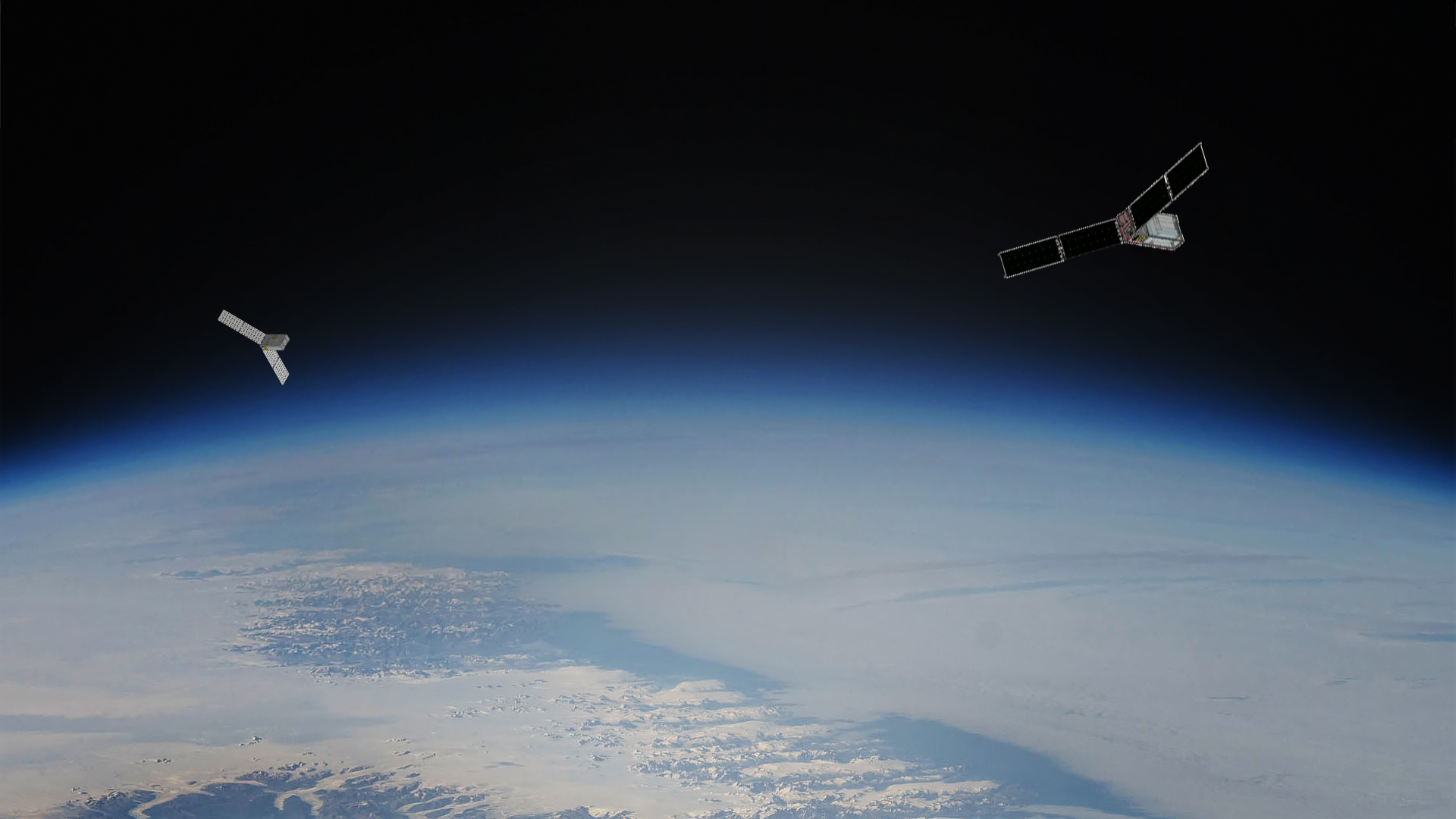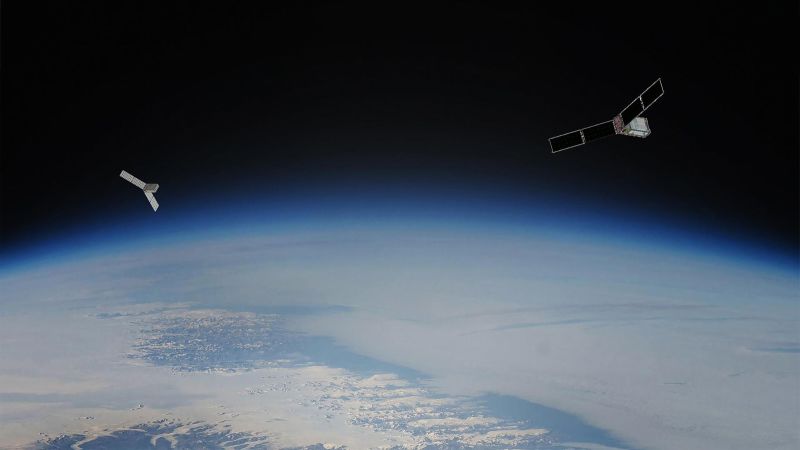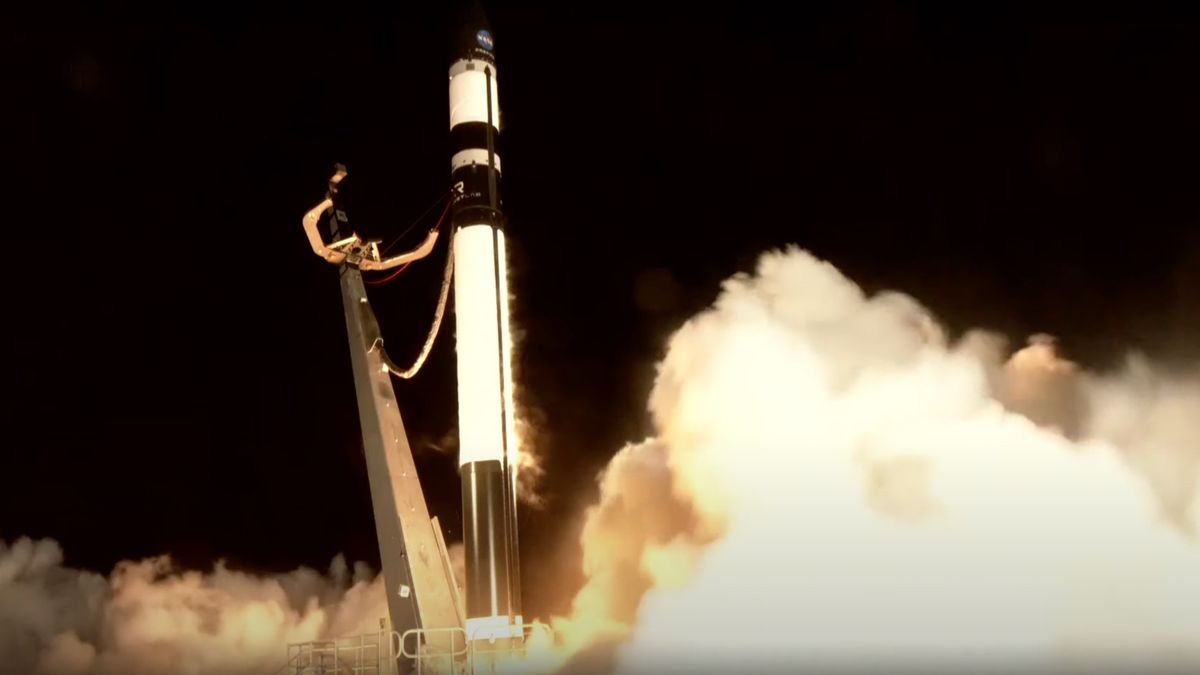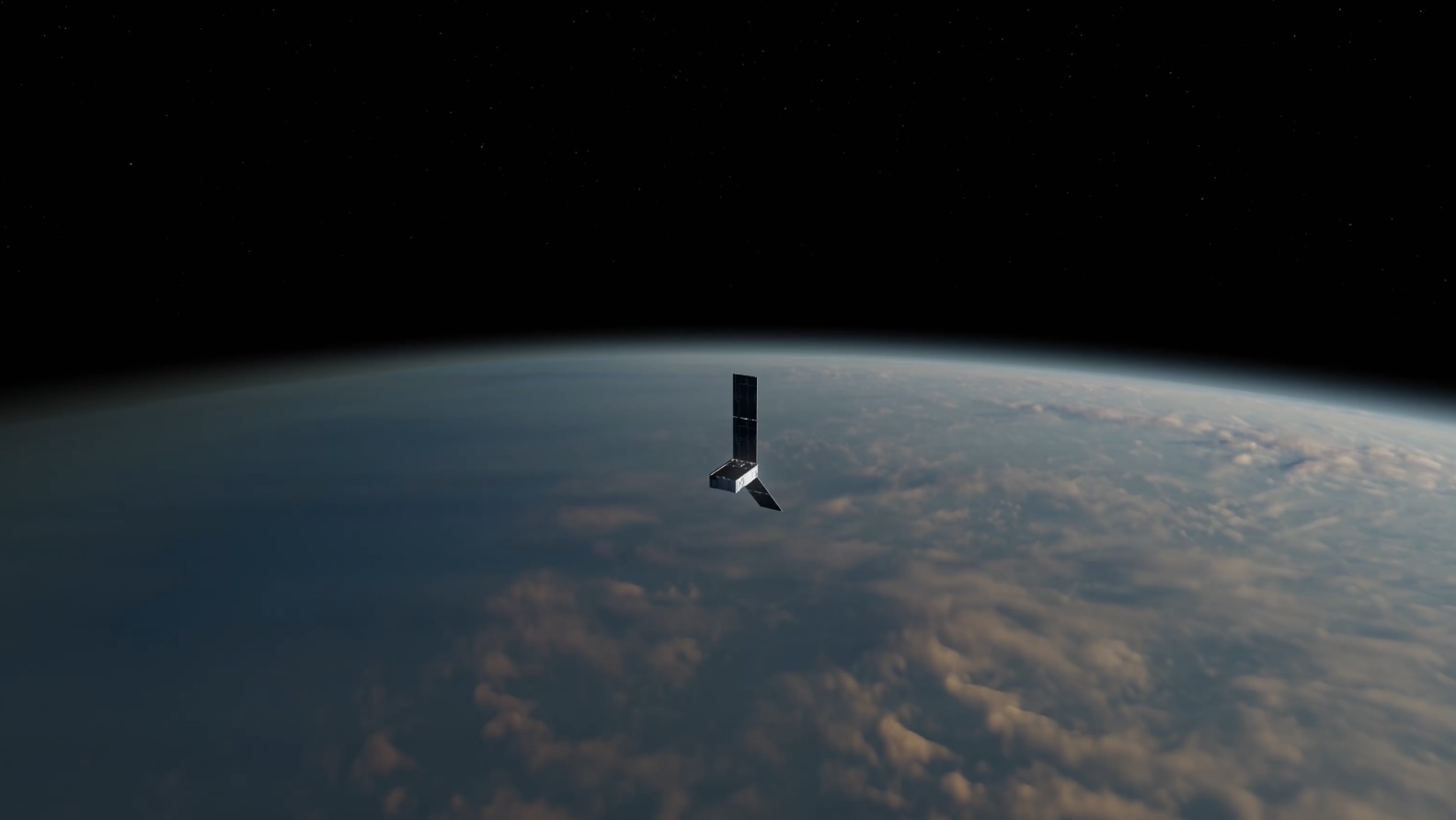
NASA's PREFIRE Mission: Studying Heat Loss from Earth's Polar Regions
The Polar Radiant Energy in the Far-InfraRed Experiment (PREFIRE) mission, led by NASA, aims to improve our understanding of how much heat is lost from Earth's polar regions and its impact on climate change. The mission consists of two CubeSats that will be launched aboard Rocket Lab's Electron rockets from Launch Complex 1 in Mahia, New Zealand.
The first satellite was launched on May 25, 2024, at different times from the second one to ensure frequent measurements of short-term phenomena such as cloud cover's effect on temperature. Both satellites will be in asynchronous near-polar orbits for optimal data collection.
The PREFIRE mission is significant because it focuses on measuring heat loss in the far-infrared wavelengths, which constitutes 60% of Earth's heat emissions at its polar regions. This information will help update climate and ice models, leading to better predictions of how sea levels, weather, and snow and ice cover are likely to change in a warming world.
Each CubeSat is equipped with a thermal infrared spectrometer that measures the heat radiated into space by Earth's surface and atmosphere. The data gathered from these satellites will fill gaps in our knowledge of Earth's energy budget, providing valuable insights into polar and global climate dynamics.
The PREFIRE mission is managed by NASA's Jet Propulsion Laboratory, developed with the University of Wisconsin-Madison, including team members from the universities of Michigan and Colorado. Launch services are provided by Rocket Lab USA Inc.



